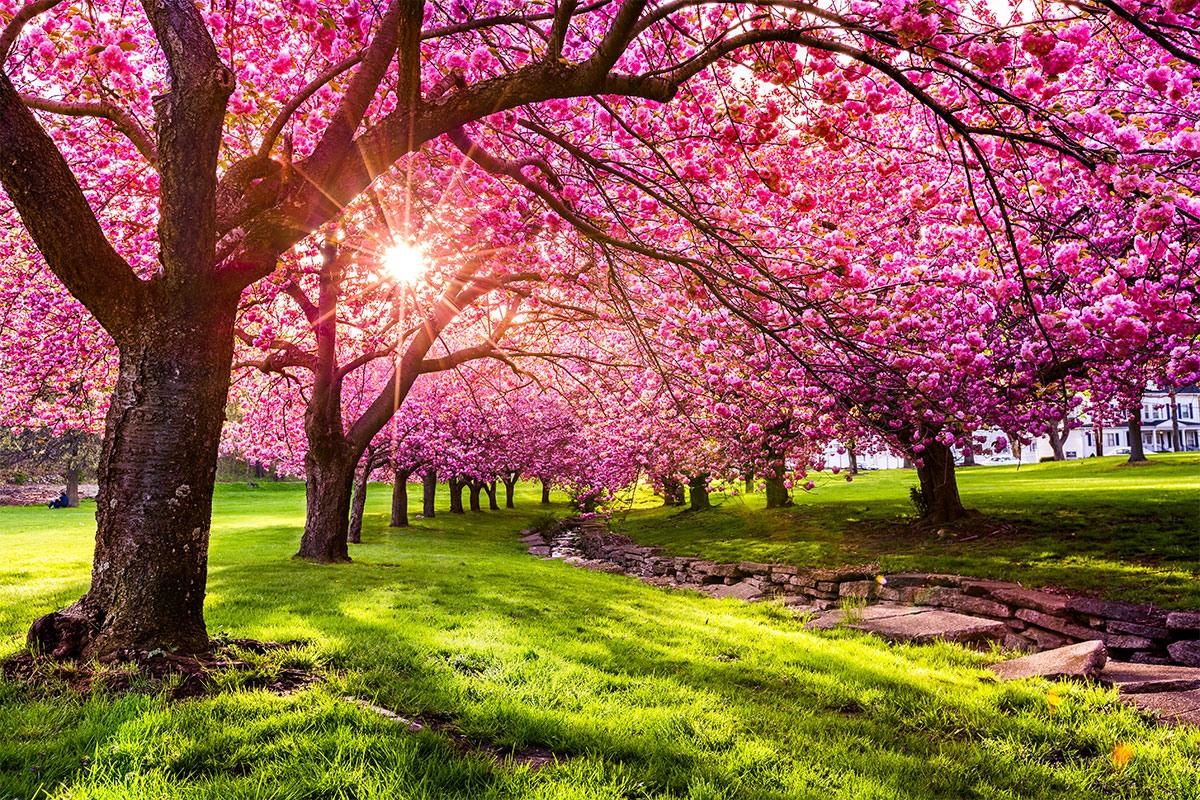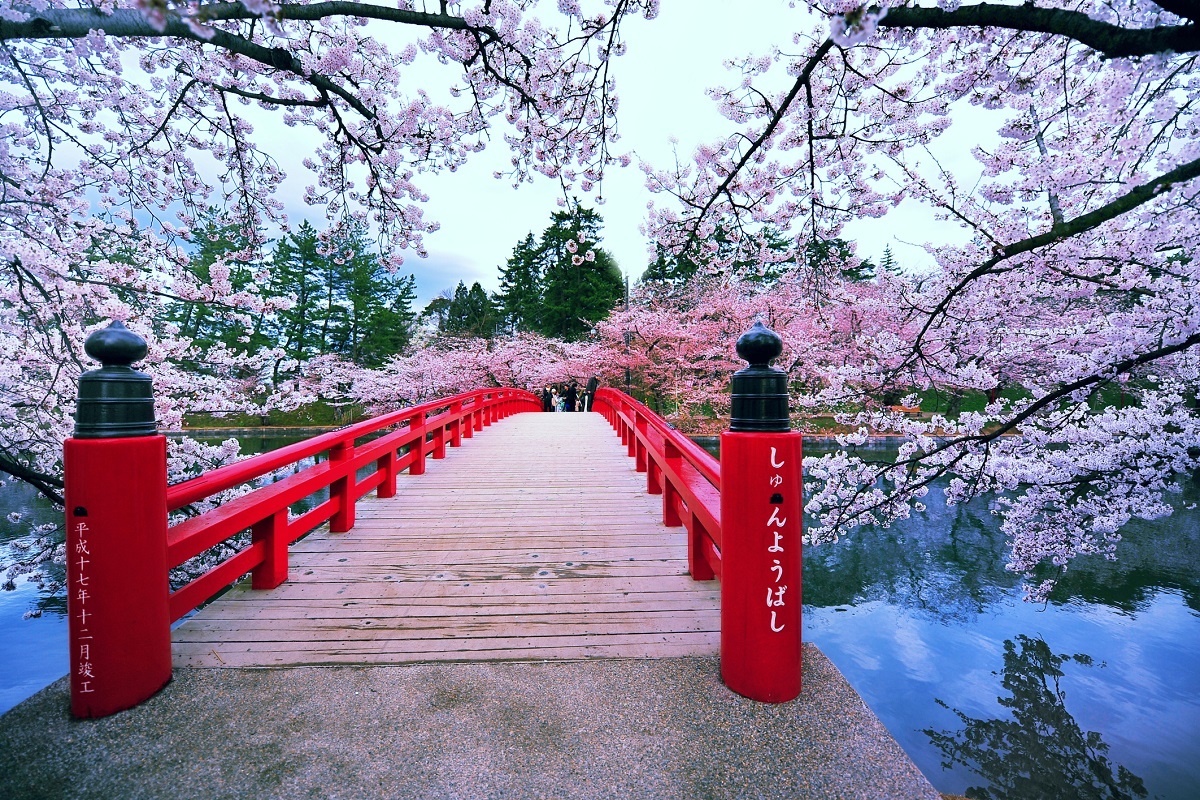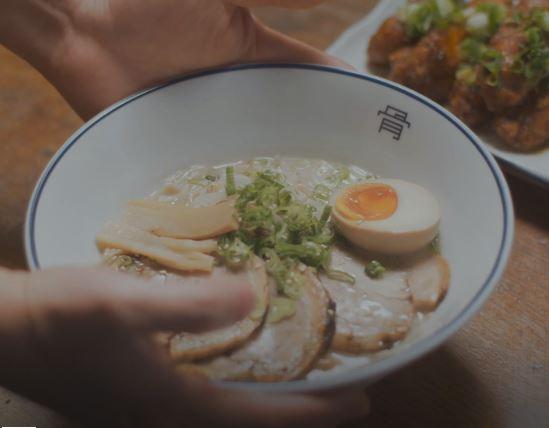The Sakura Story
Every Spring, Japan is awash with cherry blossoms – a symbol of hope and optimism for the new financial and school year ahead. From north to south, parties run late into the evening and people of all ages make the most of the season.
Through sakura, there has been a strong connection between the East and West going back to the 1600s. This long term partnership, especially between Japan and the UK, dates back to the early plant hunters who identified that many plants from Japan grew well in the English climate. Using their deep horticultural expertise, they facilitated an exchange of seeds and plants resulting in the cultivation of a wide range of maple and cherry trees, in particular in England’s Royal Botanic Gardens in Kew.
Tony Kirkham, Head of Arboretum, Gardens & Horticulture Services at Kew Gardens, knows the Japanese-originated specimens well and is acutely aware of just how closely connected Japan and the UK’s climate and seasons are.
There has always been a strong connection between the East and West. Most of the plants from Japan grow well in our climate. We respect what’s in their DNA so we give them the conditions that they need to survive
Londoners have a growing obsession with sakura season and Japan House London, through its Living Colours exhibition, features the seasonal colours in an East-West collaboration with the Yoshioka Dyeing Workshop in Kyoto (run by a 6th generation member of the Yoshioka family) and a contemporary design duo in Tokyo. The exhibition recreates the language of kasane, a concept of layering colours, first seen in Heian-period Japan (794-1185 CE).
I’ve always said, if you don’t have Japanese plants, you can’t make English gardens.
With centuries of collaboration between horticulturalists from the East and West, it is impossible to imagine Spring without sakura, not only in Japan but also in the West from London to New York.
This video was made in collaboration with
&




